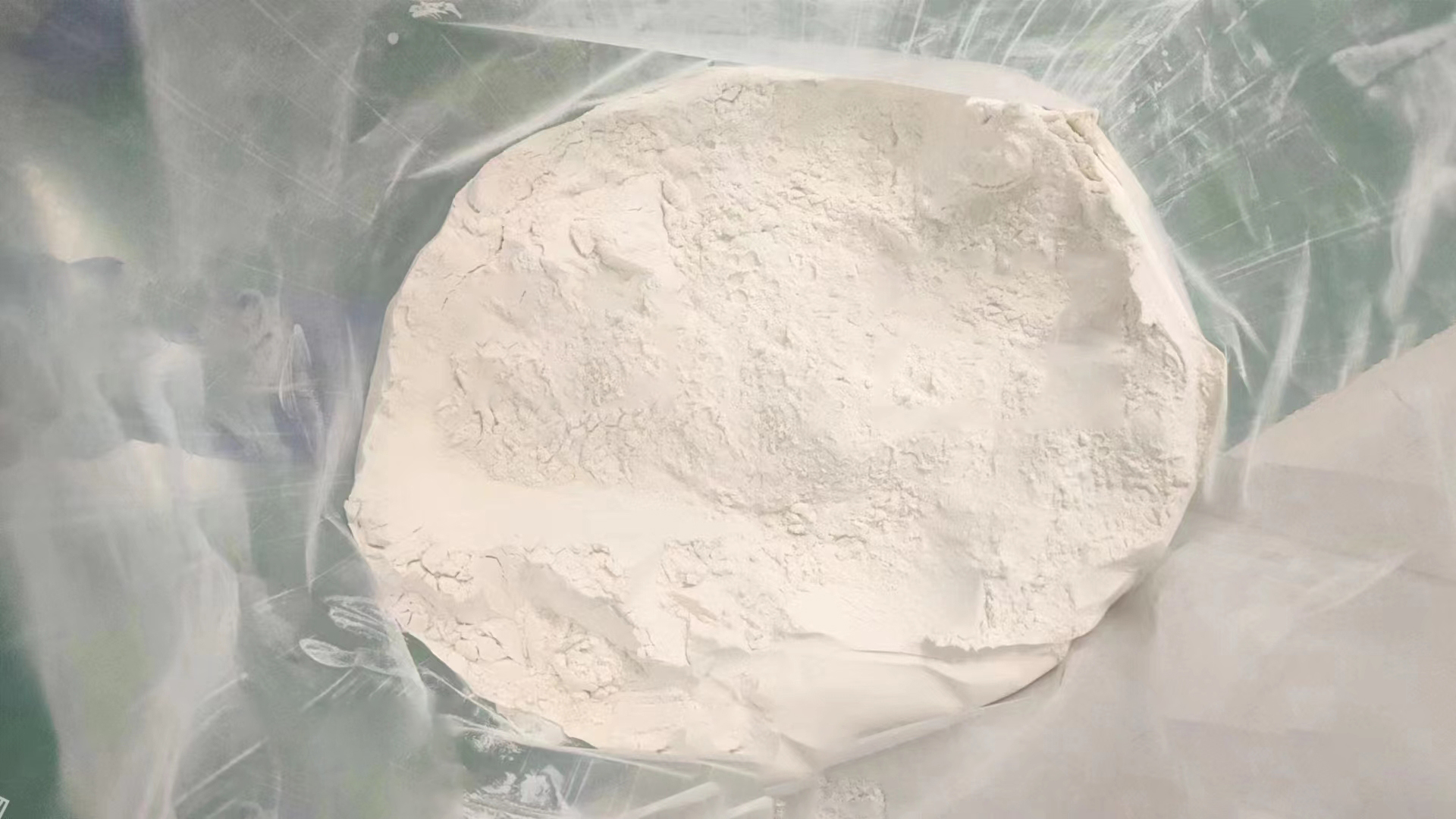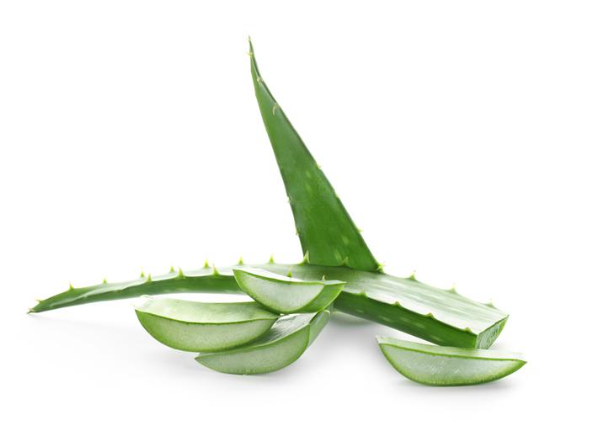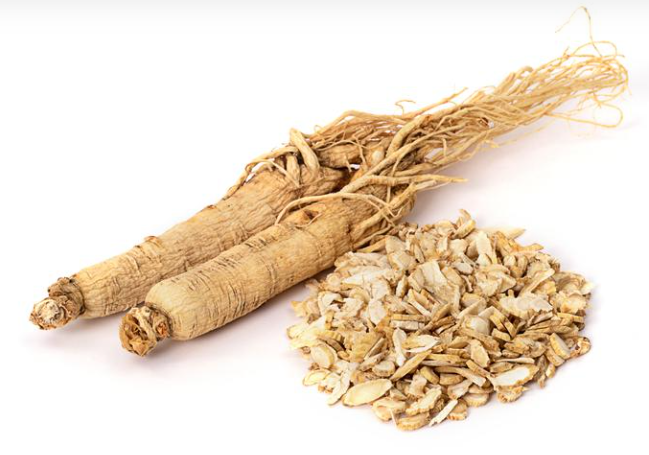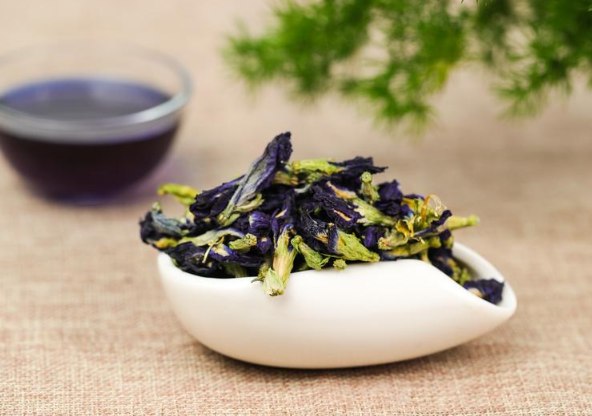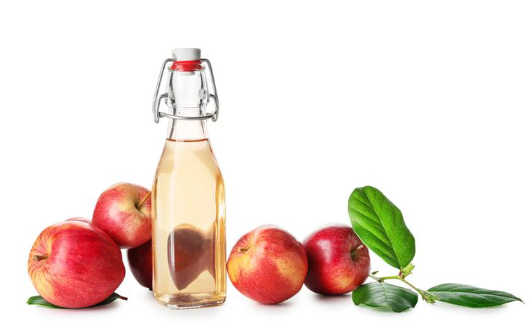The world's population is rapidly aging, and as people age, the risk of bone and joint health issues, such as osteoporosis, rheumatoid arthritis, and osteoarthritis, gradually increases. Osteoarthritis is a common joint disease caused by the gradual breakdown of joint cartilage, and it's a major cause of functional impairment and pain in the elderly. Among these, knee joints are particularly susceptible, especially given their weight-bearing role.
According to the CBNDAT "Bone and Joint Health White Paper," in 2020, 32% of middle-aged and elderly people in China (those under 70) were diagnosed with joint issues. Moreover, joint problems are occurring at younger ages; nearly 80% of urban professionals report joint discomfort. Furthermore, compared to those with sedentary habits, individuals who engage in physical activity are more likely to experience discomfort in the waist and knee joints.
Faced with the significant demand for bone and joint health, the global market for joint supplements is continuously expanding. According to a Polaris market research report, in 2021, the global market value of joint supplements was approximately 2.16 billion USD, with an expected growth to 4.02 billion USD by 2030, showing a compound annual growth rate (CAGR) of 7.1% from 2022 to 2030. Meanwhile, the popularity of bioactive ingredients related to bone and joint health is on the rise.
Hot-selling ingredients for increasing bone density include calcium, collagen, vitamin D, soy isoflavones, oligopeptides, glucosamine, chondroitin sulfate, vitamin K (K1 or K2), icariin, colostrum, marine fish collagen oligopeptide powder (bioactive ingredient: oligopeptides), proteins, hydroxyproline, kaempferol glycosides, casein phosphopeptides, kudzu root powder (bioactive ingredient: puerarin), milk alkaline protein (MBP), glucosamine.
Glucosamine:
Glucosamine is an essential component found in joint cartilage, especially important for the synthesis of proteoglycans, which form the matrix of human joint cartilage. It selectively targets bone joints, obstructing the pathological process of bone joints, stimulating chondrocytes to produce proteoglycans with normal polymeric structures, inhibiting the production of damaging cellular free radicals, and preventing the damage to chondrocytes caused by corticosteroids and certain non-steroidal anti-inflammatory drugs, as well as reducing the release of endotoxin factors from damaged cells.
Chondroitin Sulfate:
Chondroitin sulfate (CS) is a type of glycosaminoglycan that covalently links to proteins, forming proteoglycans. It is widely distributed in the extracellular matrix and cell surfaces of animal tissues. Clinical trials with randomized placebo controls have demonstrated that chondroitin sulfate can reduce pain in osteoarthritis patients, improve joint function, reduce joint swelling, cushion impacts and friction during movements, retain moisture within proteoglycan molecules, thicken cartilage, and increase synovial fluid within the joints.
Soy Isoflavones:
Isoflavones are a type of plant estrogen, with soy and soy products being the richest dietary sources of isoflavones for humans. Isoflavones in soy are mainly found in glycoside form, meaning they are bound to sugar molecules. Digestion or fermentation of soy or soy products releases isoflavone glycosides, preserving the isoflavone glycosides' active form. Soy isoflavones include daidzein, genistein, and glycitein. As menopausal estrogen secretion declines, middle-aged women face a risk of bone loss and osteoporosis. Some controlled trials on postmenopausal women have found that increasing the intake of soy foods, soy protein, or soy isoflavones can improve markers of bone resorption and formation or reduce bone loss.
Observing the dietary supplement sales situation related to bone and joint health on Amazon, it's evident that the US market offers a diverse range of ingredients. In addition to the mainstream vitamins and minerals, collagen, glucosamine, and chondroitin, there is a rising trend in natural components, such as curcumin, shrimp oil, Omega-3 fatty acids, astaxanthin, Boswellia serrata extract, hops resin extract, and more.
Main Ingredients:
Calcium, magnesium, boron, vitamin D, collagen (peptides), undenatured type II collagen, shrimp oil, S-adenosylmethionine (SAMe), curcumin, palmitoylethanolamide (PEA), vitamin K2, glucosamine, chondroitin sulfate, Omega-3 fatty acids, hops resin extract, Boswellia serrata extract, astaxanthin, methylsulfonylmethane (MSM), microalgae extract (bioactive ingredient: phycocyanin), natural eggshell membrane, organic dried apple peel powder (bioactive ingredients: fiber, antioxidants), hyaluronic acid, green-lipped mussel powder.
Curcumin:
Curcumin is a popular anti-inflammatory compound highly favored by consumers seeking joint health in the US market. Curcumin helps alleviate osteoarthritis pain. Some research suggests that within 30 minutes of ingesting curcumin, it breaks down into substances such as curcumin, curcumin acid, curcumin acetyl methane, vanillin, and vanillic acid. These metabolites are believed to possess anti-inflammatory and antioxidant activity, thereby reducing osteoarthritis pain. Additionally, researchers have found that curcumin has chemical characteristics as a COX (cyclooxygenase) inhibitor, which can moderately alleviate pain.
Boswellia Serrata Extract:
Like curcumin, Boswellia serrata has a history of over 2500 years in Ayurvedic medicine. Boswellia serrata is a medium to large-sized branching tree found in dry mountainous regions in India, North Africa, and the Middle East. Boswellia serrata's main active ingredients are boswellic acids and 3-O-acetyl-11-keto-beta-boswellic acid (AKBA). Boswellic acids and AKBA have been shown to reduce the production of pro-inflammatory cytokines (e.g., IL-1, IL-2, IL-6, IFN-γ, and TNF-α), which are destructive to joint tissues and cartilage. A clinical trial in India demonstrated that Boswellia serrata extract (rich in boswellic acids) can relieve pain and significantly improve knee joint function, with relief in some cases as early as 7 days.
Vitamin K2
Vitamin K2 is menaquinone, a natural fat-soluble vitamin, which has various forms such as MK-4, MK-6, MK-7, etc. Currently, MK-7 is the most widely used. Gut flora can produce small amounts of vitamin K2, and most vitamin K2 in the body needs to be obtained through diet.
The main function of vitamin K2 is to promote the absorption of calcium and lead calcium into the bone. Osteocalcin is an important protein in the process of calcium ion absorption and bone formation. Vitamin K2 can regulate γ-glutamyl carboxylase to carboxylate glutamic acid residues in osteocalcin into γ-carboxylated glutamine Acid residues that activate osteocalcin. Carboxylated osteocalcin has the ability to bind calcium ions, form bone calcium, and be recognized by bone cells, promote the directional deposition of calcium ions in the blood into bones, and move calcium to suitable areas in the human body, such as bones and teeth, Calcium can also be removed from inappropriate areas, such as human arteries and soft tissues.
Palmitoylethanolamide (PEA):
PEA is an endogenous fatty acid amide produced naturally within the body, responding to pain, inflammation, and stress, and it has been extensively researched. PEA has a dual-action mechanism: reducing inflammation/pain and activating muscle protein synthesis. It has been found beneficial for the elderly, athletes, and individuals experiencing repetitive strain on joints and muscles. PEA's primary mechanism of action is directly activating PPAR-α, triggering a series of cascade events that inhibit pain and inflammation signals. PEA also acts on various other anti-inflammatory receptors (GPR55, TRPV1) and inhibits the degranulation of mast cells, leading to anti-inflammatory, analgesic, and immune-modulating effects.
Astaxanthin:
Astaxanthin has been shown to reduce the generation of reactive oxygen species in wasted muscles, and it has an improving effect on skeletal muscle fibrosis caused by immobilization of the ankle joint, as well as a certain impact on the oxidative damage of chondrocytes in osteoarthritis. It can to some extent alleviate the feeling of joint discomfort.
A study randomized 60 knee osteoarthritis patients into a treatment group (30 cases) and a control group (30 cases). The treatment group was given astaxanthin capsules, while the control group received fenbid treatment. The results showed that the duration of pain relief in the treatment group was shorter than that in the control group, and both groups showed improved joint function after treatment, with the treatment group having better outcomes, indicating that astaxanthin has a certain effect on relieving bone-related joint pain and improving joint function.
Methylsulfonylmethane (MSM):
Methylsulfonylmethane (MSM) is a naturally occurring organic sulfur compound, with natural synthesis starting from the absorption of sulfate by algae, plankton, and other marine microorganisms to produce dimethyl sulfone (DMSP). A large body of in vitro studies has shown that MSM exerts anti-inflammatory effects by reducing cytokine expression. As a micronutrient with enhanced permeability, MSM is typically used in combination with other anti-arthritic drugs, including glucosamine, chondroitin sulfate, and boswellic acid. Research has found that the combination of MSM with glucosamine and chondroitin sulfate can effectively reduce C-reactive protein levels in experimentally induced acute and chronic rheumatoid arthritis rats.
Hops Extract:
A clinical trial of hop resin extract found it to provide rapid, safe and effective relief from arthritis. The researchers found that the extract contained high levels of alpha acids, compounds that make beer bitter and are thought to have pain-relieving properties.
Hyaluronic acid
Hyaluronic acid is the main component of joint synovial fluid, which is secreted by synoviocytes, fibroblasts and chondrocytes. It has various physiological functions such as regulating protein expression, assisting the diffusion and transport of water and electrolytes, and promoting wound healing. It plays an important role in protecting joints. important role in cartilage. According to research, when inflammatory diseases of osteoarthritis occur, the production and metabolism of hyaluronic acid in joints are abnormal, its concentration and molecular weight are significantly reduced, and cartilage is degraded and destroyed, resulting in physiological dysfunction. Experiments have shown that oral administration of hyaluronic acid (when commercialized, hyaluronic acid generally exists in the form of sodium salt, namely sodium hyaluronate) can reduce joint pain and stiffness, improve joint discomfort, and help relieve degenerative arthritis symptoms. For example, a 2-month randomized, double-blind, placebo-controlled trial conducted on 20 patients with knee arthritis over the age of 40 found that hyaluronic acid can significantly reduce pain in patients with knee arthritis, improve physical function, improve Quality of Life.







